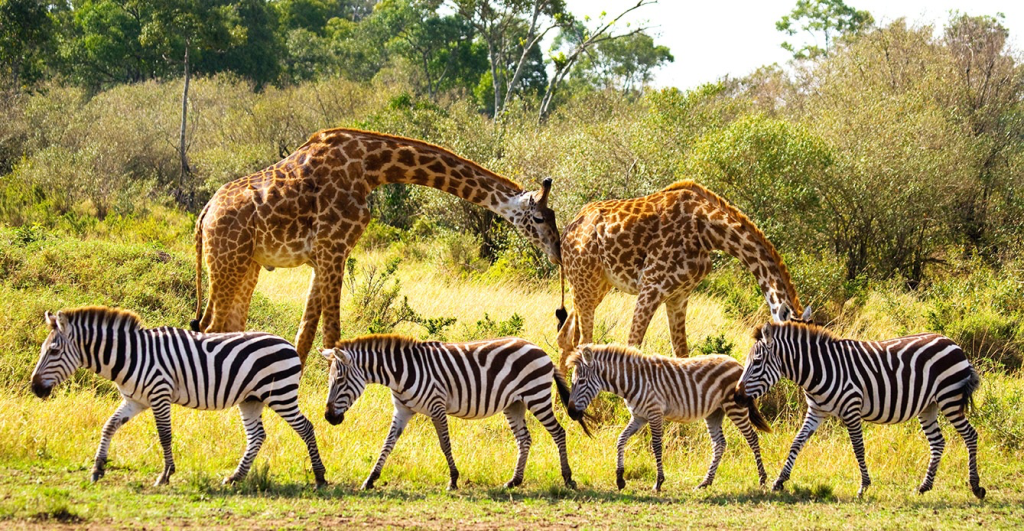
Wildlife tracking has undergone a remarkable transformation thanks to technological advancements, significantly enhancing conservation efforts. Historically, tracking wildlife involved manual methods like tagging and field observations, which were labor-intensive and often limited in scope. Today, technology has revolutionized this field, offering new tools and techniques to monitor and protect endangered species more effectively.
One of the most notable innovations is the use of GPS collars and tags. These devices provide real-time data on animal movements, behavior, and habitat use, allowing researchers to gather detailed information without disturbing the animals. GPS technology has enabled the mapping of migration routes, identification of critical habitats, and better understanding of species interactions.
Additionally, remote camera traps equipped with motion sensors have become invaluable in tracking elusive wildlife. These cameras capture images and videos of animals in their natural habitats, providing insights into their behavior and population dynamics. The integration of artificial intelligence with these cameras allows for automated data analysis, making it easier to identify and classify species from the footage.
Drones are another game-changer, offering aerial views of vast and inaccessible areas. They assist in monitoring wildlife populations, detecting poaching activities, and assessing habitat changes. By providing a bird’s-eye view, drones help researchers track animals across large landscapes with minimal human interference.
Overall, these technological advancements are transforming wildlife conservation by providing more accurate, comprehensive, and real-time data. As technology continues to evolve, it holds the promise of further enhancing our ability to protect and preserve the world’s wildlife.